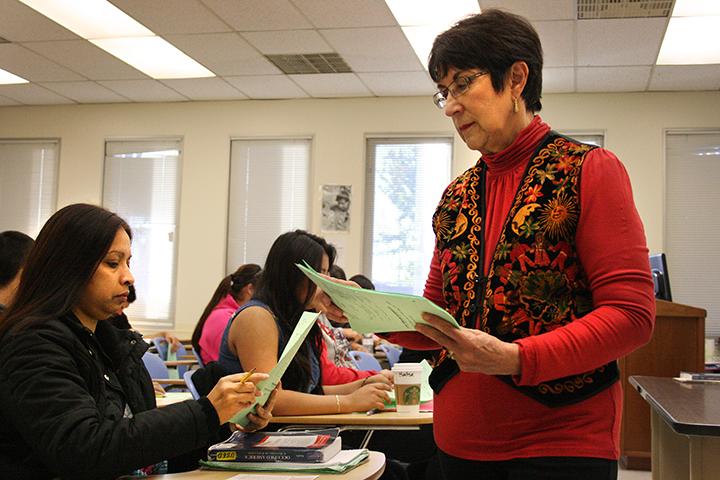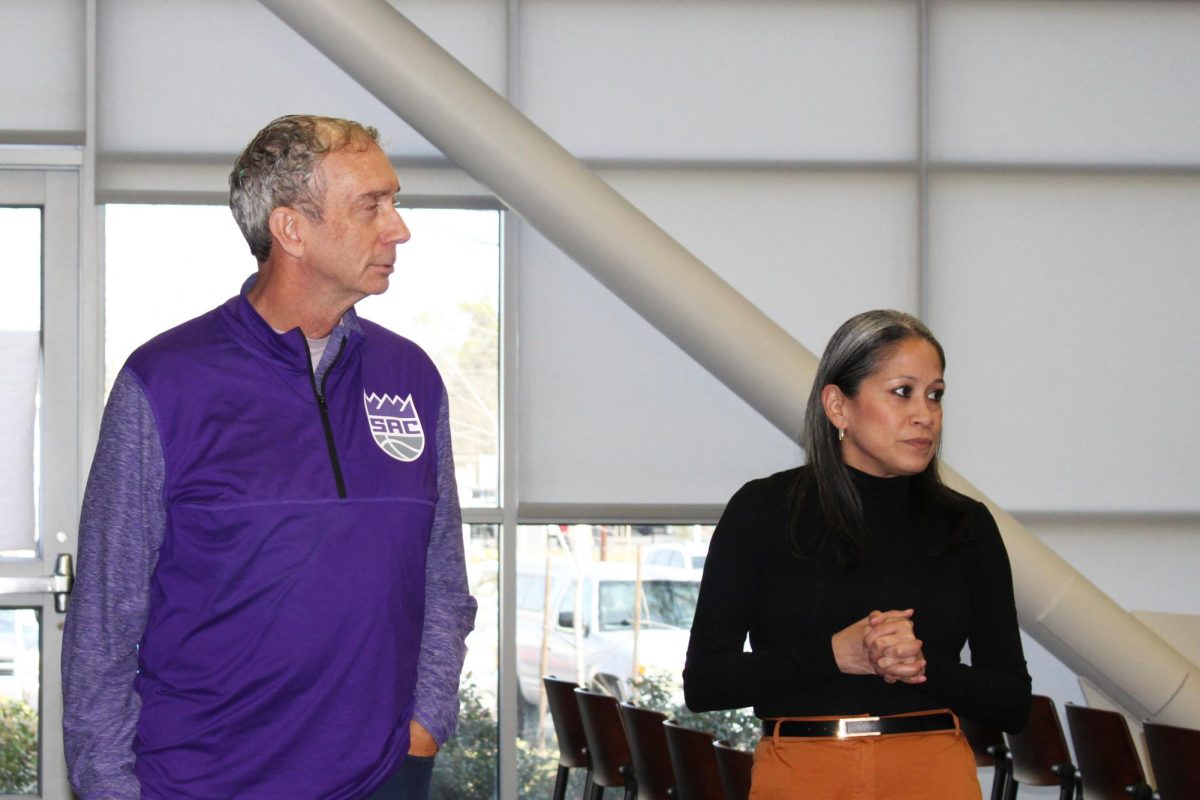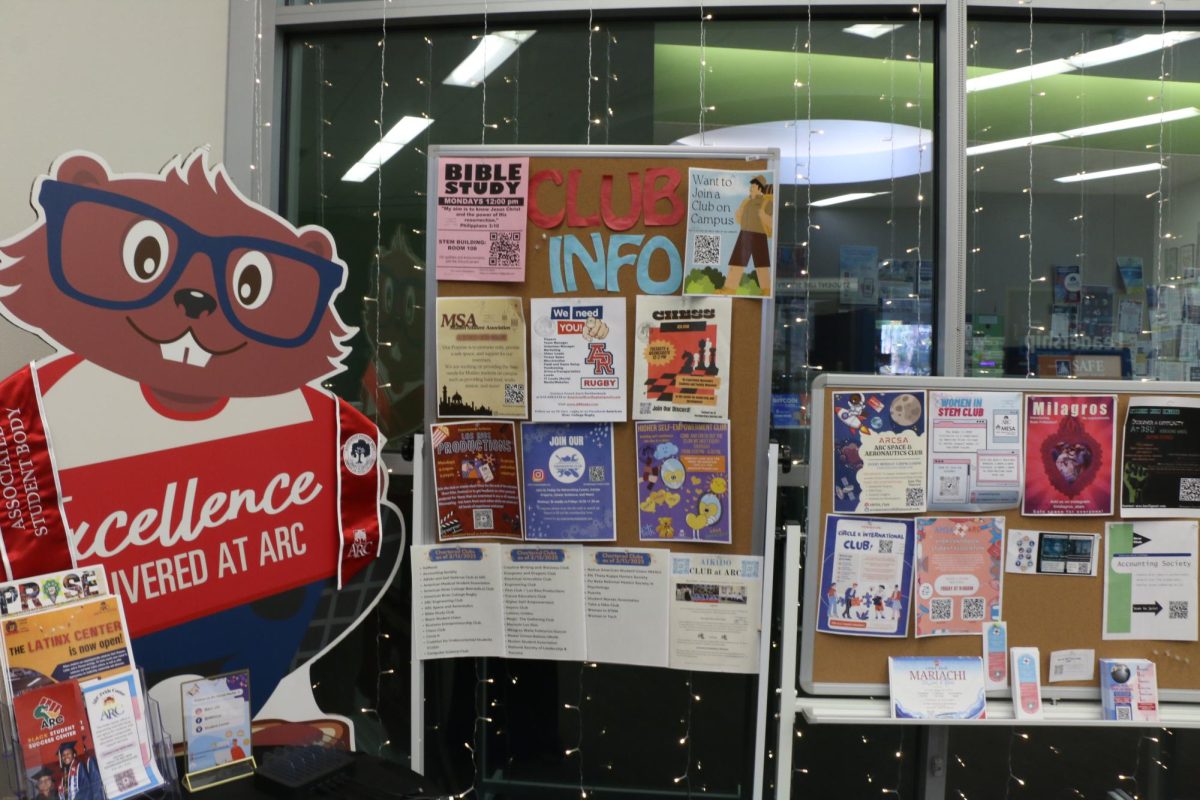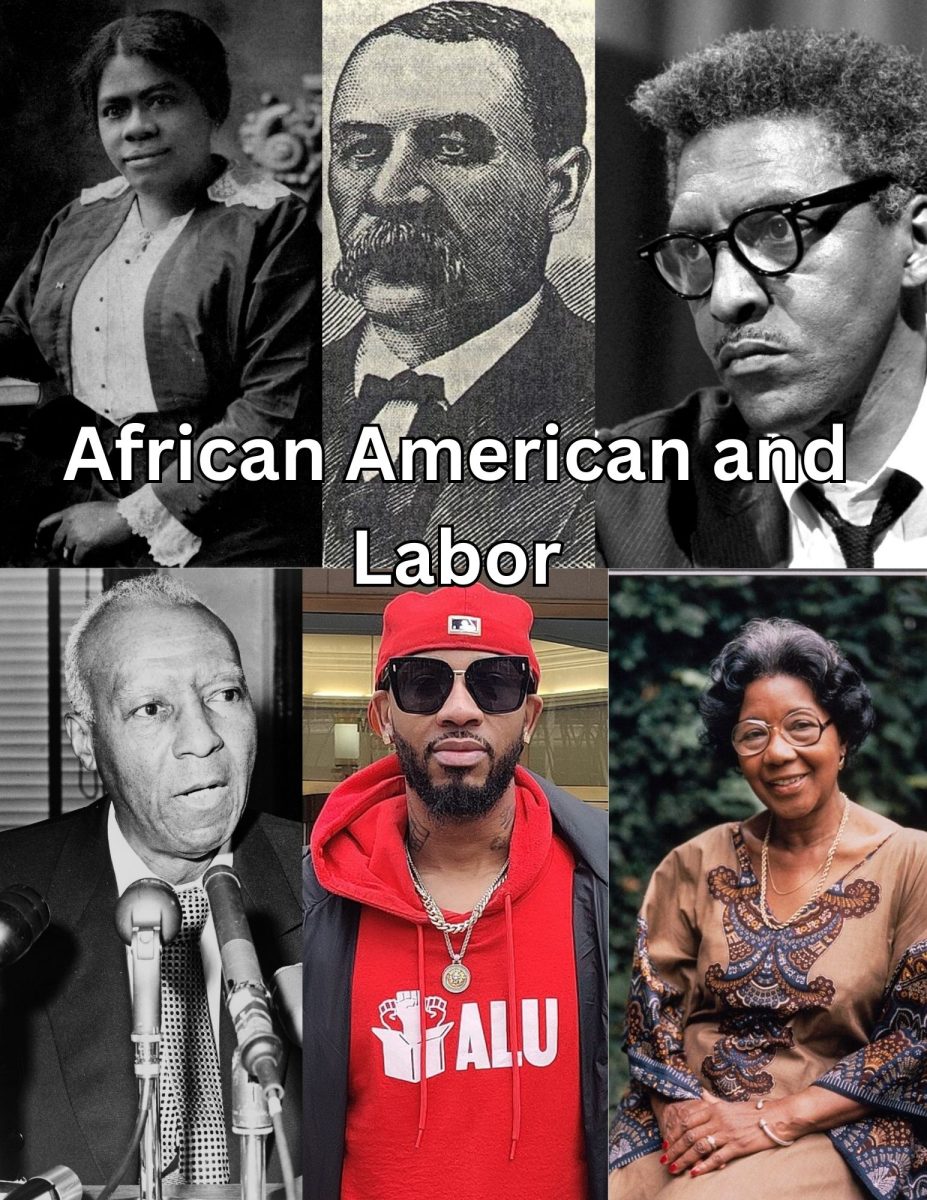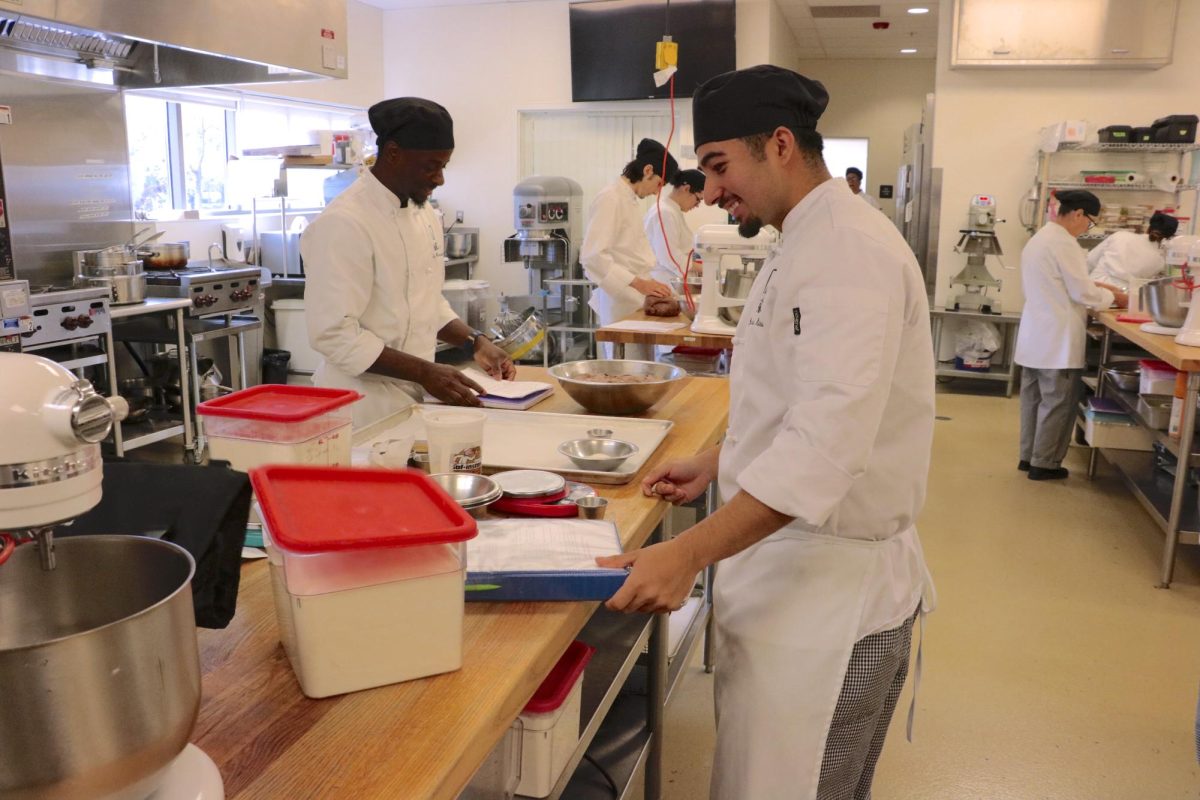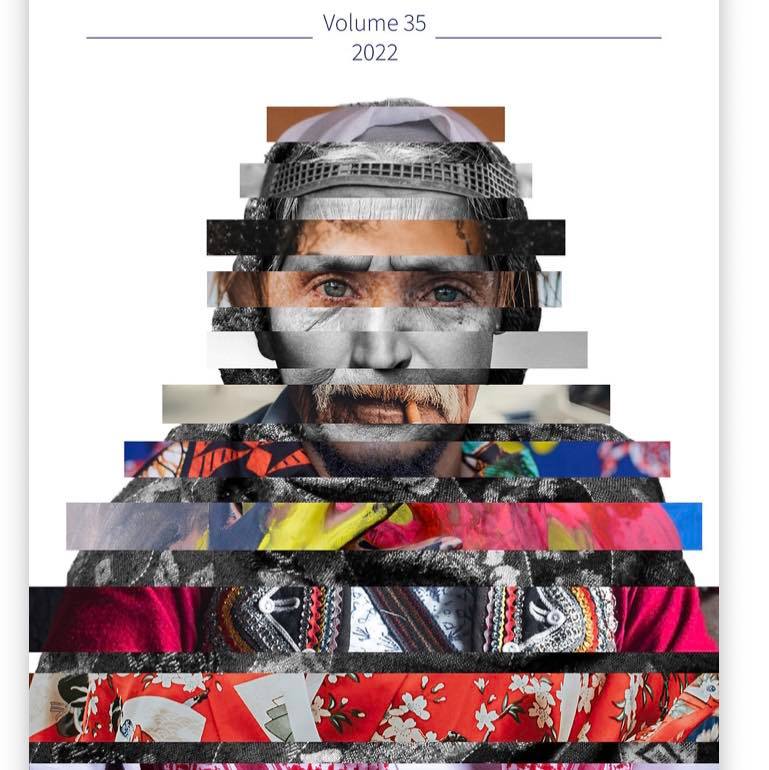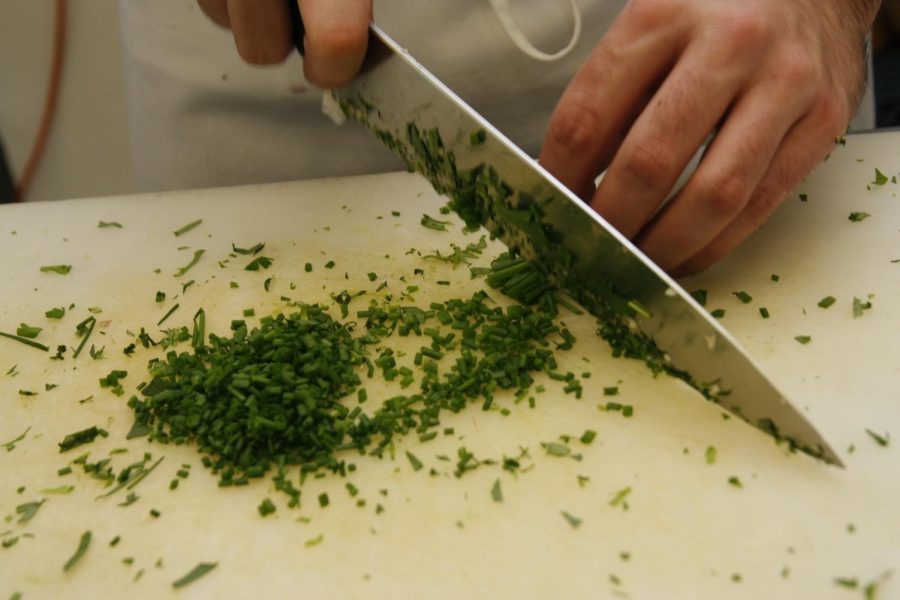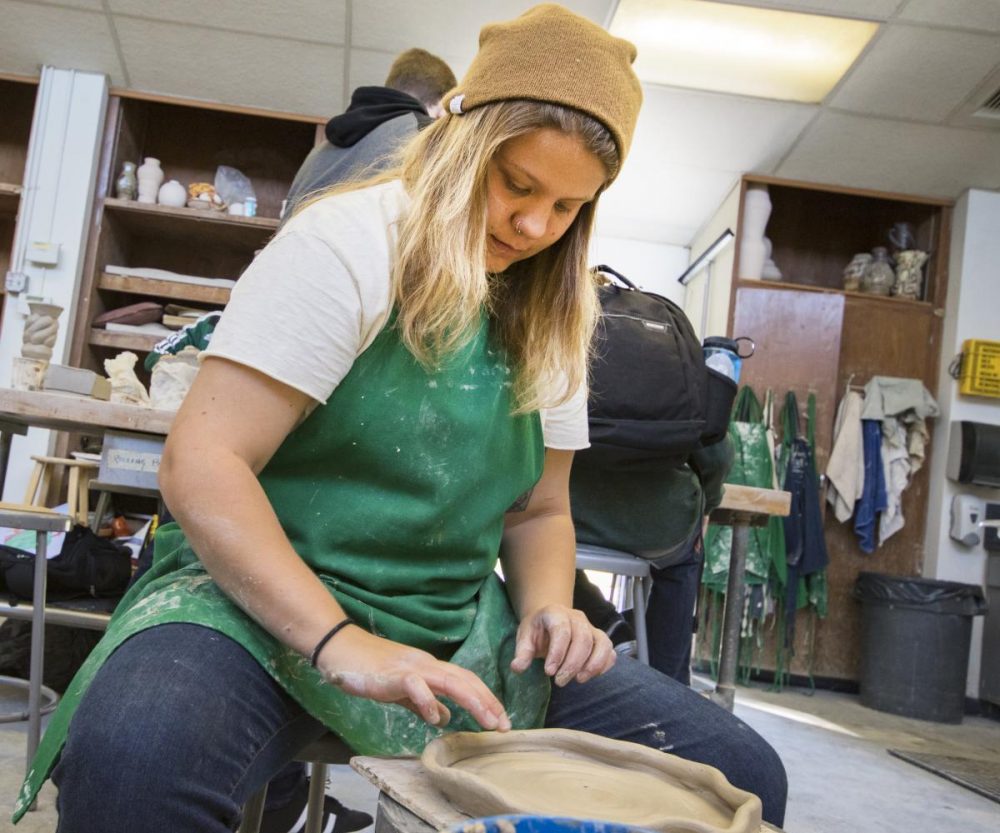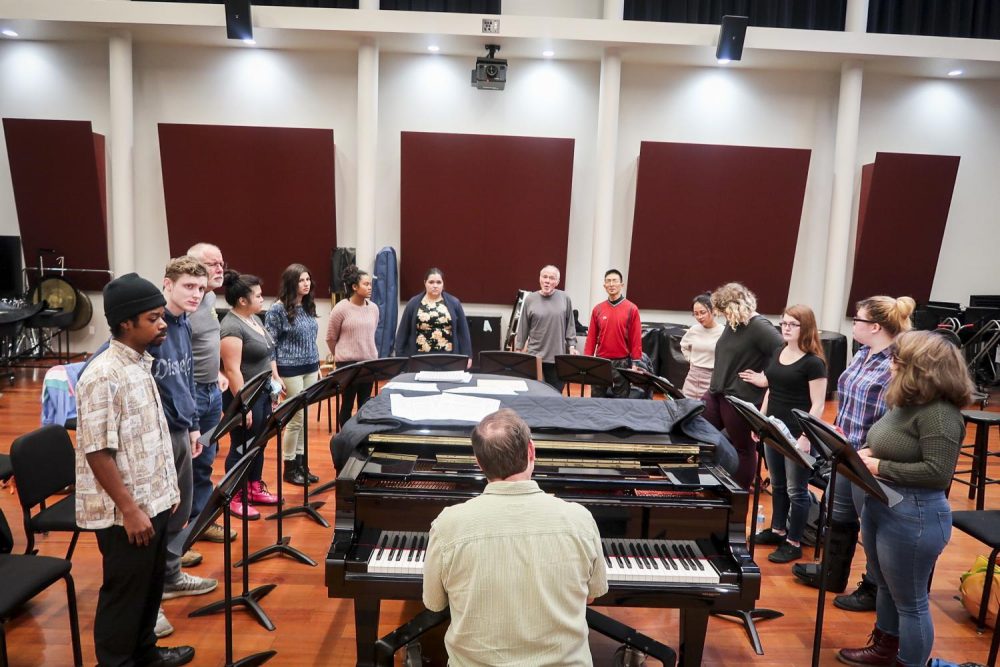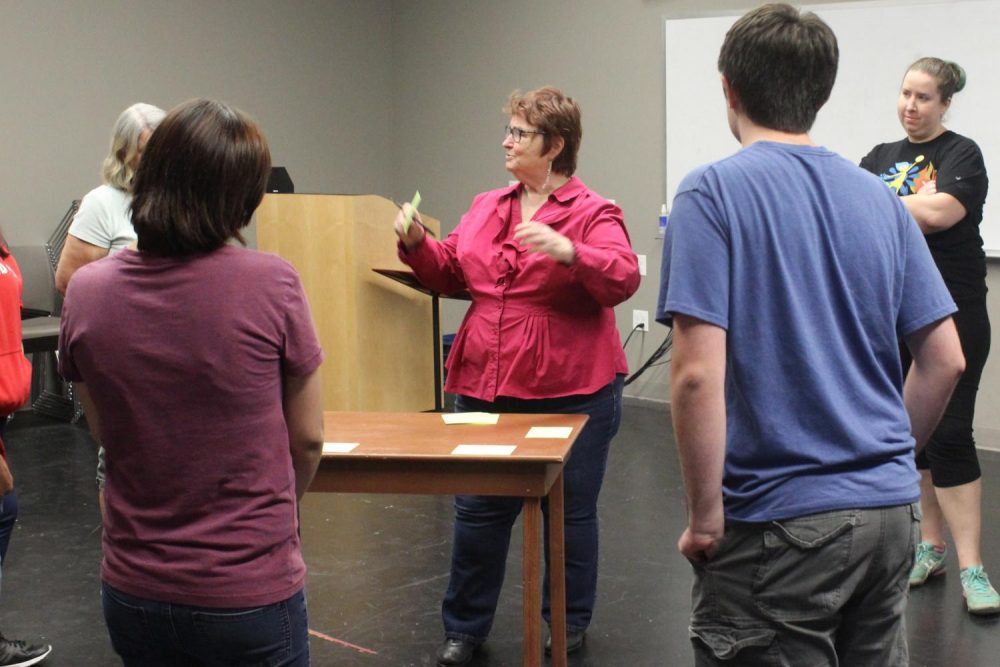Hanging from the wall in many high school history classrooms is a poster that reads “Those who don’t learn from history are doomed to repeat it.” Yet the New York Times ran a story in 2011 with the headline “U.S. Students Remain Poor at History, Tests Show.”
When only 2 percent of 12th graders are able to correctly answer a question regarding Brown v. Board of Education, a case which is discussed multiple times throughout primary school, how could they be expected to know about Mexican American history, which may be covered in one chapter?
Taking History of The Chicano/Mexican American, taught by professor Dolores Delgado-Campbell, could be a good start.
“I’ve taught at American River since 1972,” she said of her own history on campus. “I really enjoy teaching the class.”
The purpose of the course is to teach about Mexican-American history in the U.S., starting from when the Spaniards first set foot in what is now America. Delgado-Campbell walks students through how the culture, music and food have been influenced by Mexican backgrounds.
“We don’t really teach Mexican-American history in American history,” said Delgado-Campbell. “I expose my students to cultural stuff as well as historical stuff to fill in the gaps that have been left out in their American education.”
Students are required to complete an oral history project where they pick a person of Mexican-American background and interview him or her to gather information to write a story with.
“The research paper assignment is cool,” said Oscar Rios, a culinary arts major. “You interview a person of Mexican-American descent to get a feeling of what their life was like during the time, and how world events affected them personally.”
“There was a lot happening in the ‘60s and ‘70s,” explained Delgado-Campbell. “There were a lot of social movements to bring about change in society, (including) the Mexican-American civil rights movement, which had to do with changing education and encouraging us to go to college…I enjoy that a lot because I lived it.”
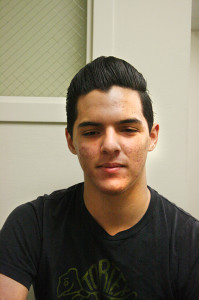 “Just knowing more about Mexican-American history in general is pretty interesting. I’d take (this class) again.” – Oscar Rios, culinary arts major
“Just knowing more about Mexican-American history in general is pretty interesting. I’d take (this class) again.” – Oscar Rios, culinary arts major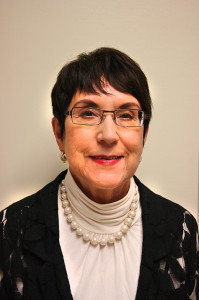 “One of the things I like teaching the most is how a lot of history has changed in terms of the Mexican-American community. (Students) get to see how far we’ve come and how far we still have to go.” – Dolores Delgado-Campbell
“One of the things I like teaching the most is how a lot of history has changed in terms of the Mexican-American community. (Students) get to see how far we’ve come and how far we still have to go.” – Dolores Delgado-Campbell


